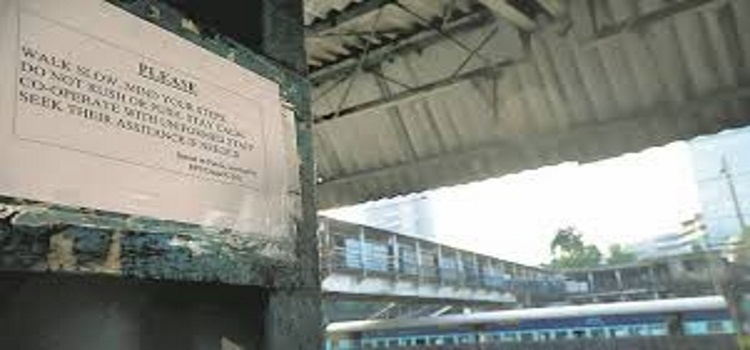
In the aftermath of the stampede at Elphinstone Road railway station that claimed 23 lives, the railway administration has expressed hope that the introduction of the Integrated Ticketing System (ITS) — a single smart card-based system that can be used on multiple modes of transport including the upcoming Metro Railway lines — will regulate entry and exit to railway stations. However, experts believe that while the ITS may regulate crowds to some extent, much more needs to be done to discipline crowds
The ITS envisages a common ticketing card for suburban commute on local trains, Metro rail and on buses. Different agencies including the Mumbai Metropolitan Region Development Authority (MMRDA), Mumbai Rail Vikas Corporation (MRVC) and the Railways are working on the proposal along with a consultant.
“There can be two ways in which ITS can work, which included showing one’s card at the entry/ exit point of the station or a system that can read the card that is with the commuter irrespective of where it is. We will do a complete study before the system is implemented,” a senior railway official said.
Experts have expressed caution. “Once, they had tried to stop exit points at Churchgate and Chhatrapati Shivaji Maharaj Terminus (CSMT) and people had to stand in queues for an hour. So, ITS is a useful idea but an alternative on regulating entry and exit points at stations should be considered,” said Subhash Gupta, railway activist. The Central and Western Railways together witness a commuter ridership of 84 lakh on a daily average. According to studies by railways, during peak hours, a commuter may take 7-8 minutes to reach the platform from the entry of a station or from the train to the exit.
A V Shenoy, a transport expert, said: “At present, the entry and exit points at railway stations are many. Implementing the ITS on a standalone basis will not help. There is a need to implement the Station Area Traffic Improvement System that can equally regulate the movement of commuters entering from outside. Transport authorities must receive co-operation from the urban local body.”
Another railway official said introduction of technology, if done right, can ease crowds at stations. “Escalators were never deemed beneficial but they proved successful,” the official added.
Officials assured that the ITS would be implemented carefully as it is a key part of planning for the future. “Proper study will need to be conducted to ensure the system matches with a rising number of commuters at the respective station. An ITS will check mischievous elements of ticketless commuters, it will record movement on CCTV cameras, prevent entry of stray animals and regulate movement of hawkers. It will also lessen the Acrowds and discipline the system,” said Mukul Jain, Divisional Railway Manager, Western Railway.
